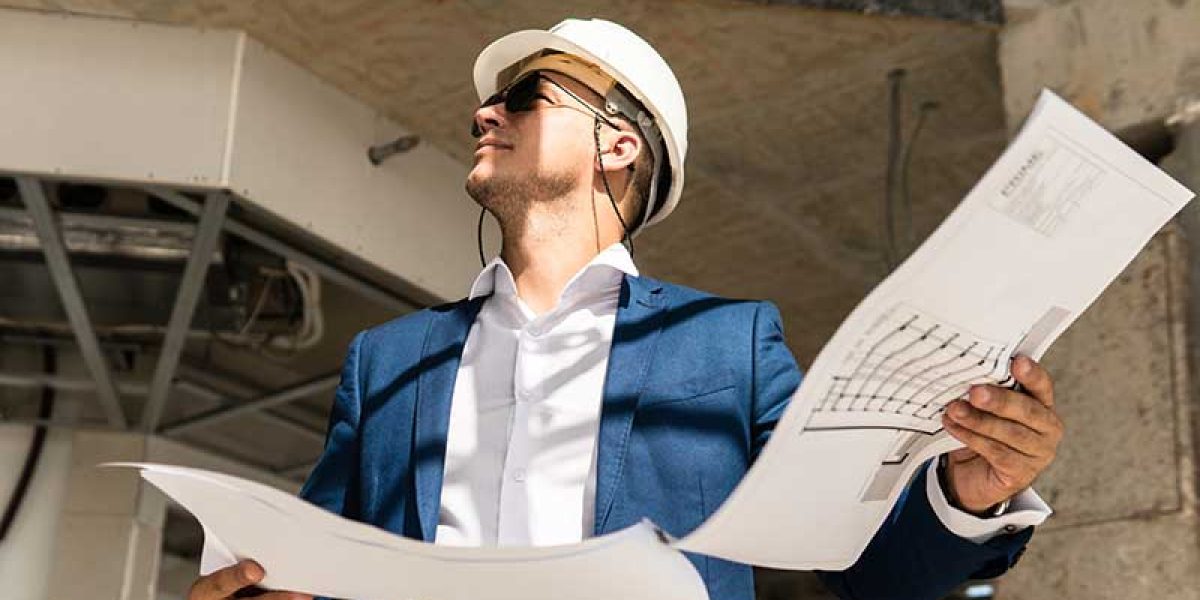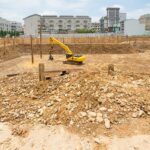Building codes are vital frameworks for ensuring the safety, sustainability, and functionality of built environments. However, as important as they are for urban planning and development, building regulations frequently provoke heated arguments and provide several obstacles. These debates often center on balancing safety with construction costs, adjusting to technological advancements, and incorporating new materials. This blog looks into these topics, examining the delicate balance of regulation and innovation.
Balancing Safety and Construction Costs
One of the key issues in developing building codes is the cost of incorporating safety measures. Safety is non-negotiable, yet strict rules can considerably increase construction costs. This conundrum frequently sparks intense disputes among parties, including builders, developers, government officials, and citizens. The cost aspect becomes more contentious in areas prone to natural disasters, where improved safety measures are essential. Developers claim that high prices may limit development projects, reduce housing affordability, and delay economic growth, but safety advocates emphasize the inescapable need for tight compliance to avert future disasters.
Adapting Codes for Technological Advancements
As technology advances, building standards must alter to accommodate new construction methods and materials. However, the rate at which technology evolves frequently outpaces the rate of regulation modifications. For example, existing rules have a barrier when integrating smart house technologies and sustainable materials such as self-healing concrete and improved insulators. Regulatory organizations struggle to evaluate the long-term dependability and safety of innovative solutions, which frequently delays the deployment of potentially helpful technologies.
Difficulties in updating codes
Updating building codes is a complex and time-consuming process involving numerous parties and, in many cases, substantial bureaucratic red tape. Changes to codes can take years to execute and involve extensive collaboration across all sectors. This slow pace may impede the adoption of more efficient, ecologically friendly building processes, which are required to satisfy modern needs and environmental challenges.
Material Innovations vs Traditional Standards
The introduction of new materials and building processes adds another level of complication. Materials such as translucent aluminum and engineered timber have the potential to improve durability and environmental sustainability. However, standard building codes may not immediately recognize or allow the use of these new solutions, resulting in a delay in their implementation in mainstream construction projects. This delay may upset entrepreneurs and environmental campaigners who want to use new technologies to improve building performance and reduce environmental impact.
Find Common Ground
The complexities and controversies surrounding building codes highlight the importance of a dynamic regulatory approach—one that balances safety, cost, and innovation. Stakeholders must collaborate to ensure that building codes keep up with technological changes and societal needs. This necessitates a commitment to ongoing learning, modification, and conversation from all parties involved. By creating an environment that prioritizes both safety and progress, we can ensure that building codes continue to protect persons while also looking ahead to the future of construction.








